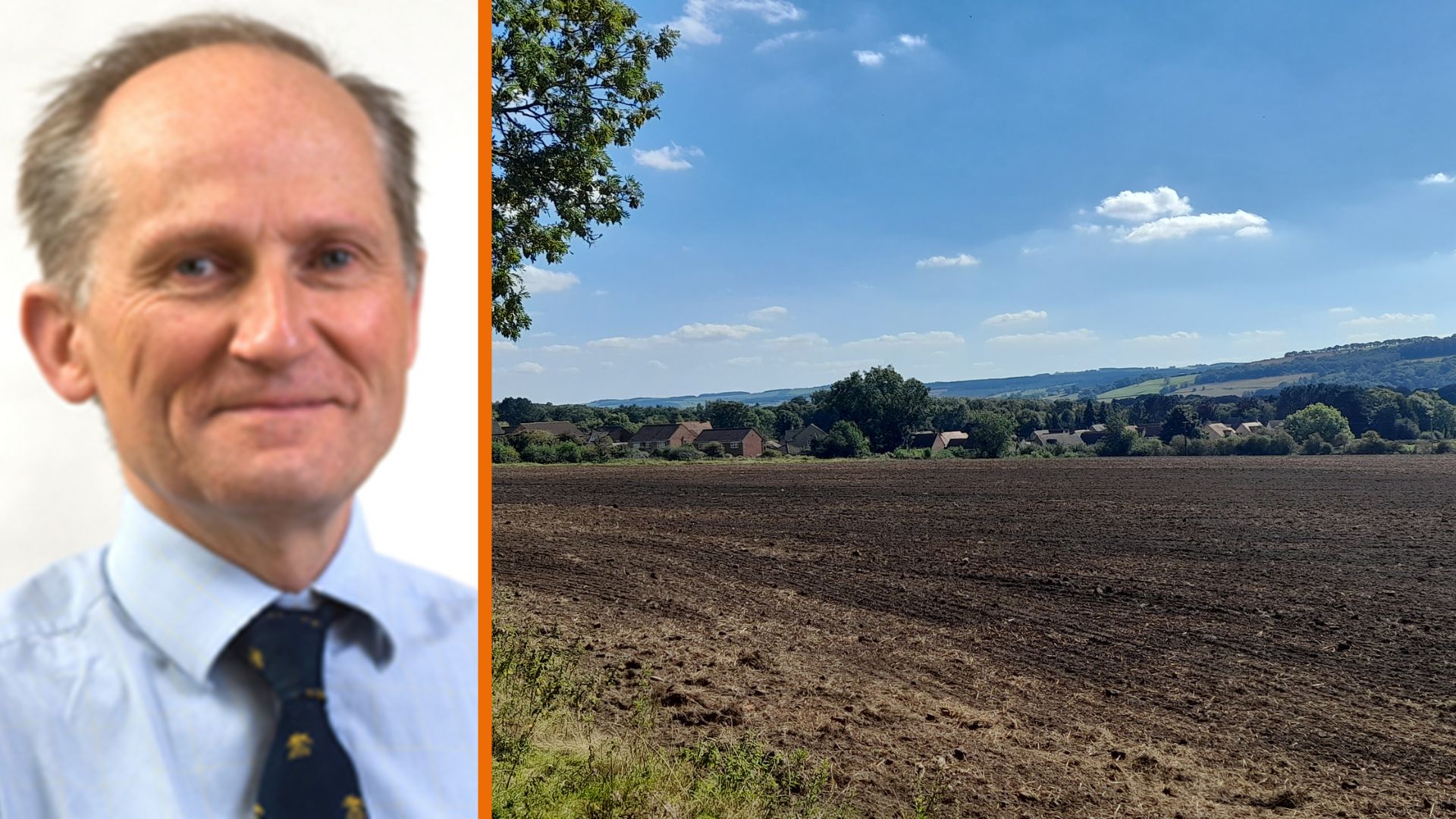Last May, we commented that while the focus of river pollution was on the water companies and sewage discharges, we could expect farming to come under the spotlight.
That was because diffuse waste from agriculture is regarded as a much bigger contributor of pollution to our rivers than water companies. The Environment Agency has reported that the majority of England’s rivers are in poor ecological condition, and Parliament has found that agricultural pollution is the most common factor.
Sure enough, headlines such as ‘Ministers propose scrapping pollution rules to build more homes’ (BBC 29 August) show a shift in focus to farming.
The Government’s initial response to the public outcry over rivers has been to apply a ‘Nutrient Neutrality’ policy requiring housebuilders to show that proposed developments do not add to the nutrient load in a catchment. As proof of that is very hard to establish, housebuilding near rivers has stopped altogether in the affected catchments at a time when the need to build more homes is a national priority.
In order to free up developers to build, the Government has now loosened the rules around building houses near waterways. Reactions have been swift:
- Environmental bodies blame ministers for watering down rules designed to protect rivers, saying that action is needed immediately;
- Housebuilders say new houses’ contribution to nutrient overload is negligible, and suggest more effective intervention should involve water companies and farmers;
- Water companies say that they’re investing in infrastructure to reduce sewage discharges as never before, but the work will take many years.
None of this will improve the state of rivers in the short term. But with a General Election looming, there is likely to be renewed focus on diffuse pollution from farming. The Government will no doubt highlight additional money provided to help farmers under the Environmental Land Management Scheme (ELMS) as justification for asking UK agriculture to put its house in order.
While capital grants are available to help farmers address pollution, generally they stop short of 100% funding, so the balance must be paid at a time when profitability is low. Yet farmers’ reluctance to invest may look short-sighted if current financial support is replaced by increased regulation, with enforcement and fines.
Thus, the options for farmers include:
- Investigating the availability of capital grants;
- Reducing the risk of nutrient runoff through best practice;
- Managing soils to reduce runoff, keeping nutrients in the field and available to growing crops;
- Maximising revenue from the environmental enterprise (ELMS), to improve farm business resilience.
The need to look after soils explains the growing interest in regenerative farming practices. That is likely to be a part of the solution.
At Galbraith, we can help farmers and landowners to identify the best support structures to suit their individual property.
Natural Capital: Galbraith’s expert advisers guide our clients in realising value in all land uses – by assessing and measuring natural assets, furthering opportunities in biodiversity net gain, and ensuring stakeholders are rewarded fully for their
